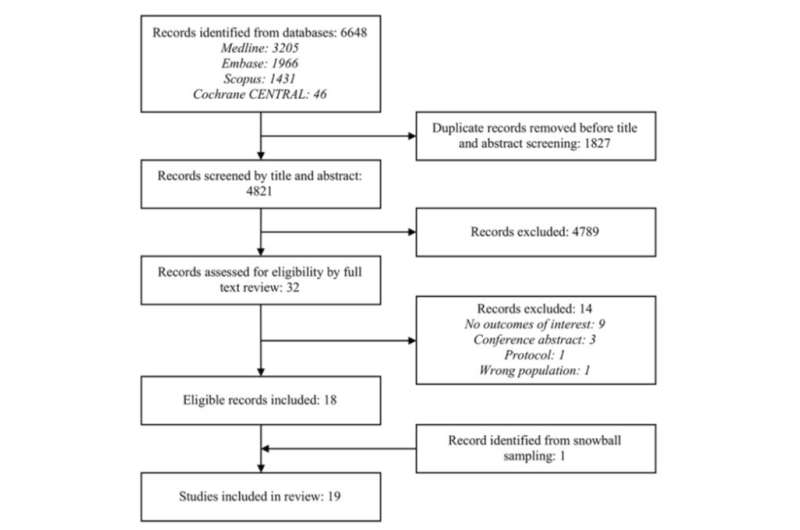This article has been reviewed according to Science X's editorial process and policies. Editors have highlighted the following attributes while ensuring the content's credibility:
fact-checked
peer-reviewed publication
trusted source
proofread
MRI surveillance for postsurgical musculoskeletal soft-tissue sarcomas: Systematic review and meta-analysis

According to study published in the American Journal of Roentgenology (AJR), MRI-based surveillance after surgical treatment of musculoskeletal soft-tissue sarcomas (STS) shows utility for detecting clinically occult local recurrences (LRs), potentially improving patient outcomes.
"When used at a high intensity, MRI-based surveillance can detect many clinically occult LRs, although the studies are small, occasionally conflicting, and often of poor quality," wrote corresponding author Natalia Gorelik, MD, from the department of diagnostic radiology at McGill University Health Center in Montreal, Quebec, Canada. "A survival benefit could be associated with imaging use, but further research is needed to evaluate the causality of any observed survival differences."
In this AJR systematic review and meta-analysis, Gorelik et al. systematically searched multiple electronic databases through November 2022 for controlled trials and cohort studies on the usefulness of MRI-based surveillance for musculoskeletal STS. A total of 4,821 unique titles and abstracts were identified. After screening for eligibility and snowball sampling, 19 studies were included; all were retrospective cohorts.
Using an adapted Newcastle-Ottawa scale for assessing bias risk, random effects meta-analyses of the proportion of LRs discovered by MRI, as opposed to clinically, were conducted. The association of low- versus high-intensity surveillance—high intensity defined as at least one local surveillance imaging examination for low-risk tumors, as well as at least three for high-risk tumors during the first 2 posttreatment years—with the proportion of LR detected on MRI was assessed with a chi-square test of subgroup differences.
Ultimately, when MRI-based surveillance of musculoskeletal STSs was used at a high intensity, 53% (95% CI, 36–71%) of LRs were discovered with MRI. Four studies reported trends toward better survival for imaging-detected LRs or with more frequent imaging use.
"Although definite conclusions on the value of MRI-based surveillance are challenging to draw," the authors acknowledged, "this study provides a comprehensive overview of the available evidence on the topic."
More information: Natalia Gorelik et al, Usefulness of MRI-Based Local Surveillance After Surgical Treatment of Musculoskeletal Soft-Tissue Sarcomas: A Systematic Review and Meta-Analysis, American Journal of Roentgenology (2023). DOI: 10.2214/AJR.22.28865



















